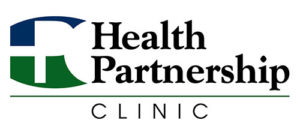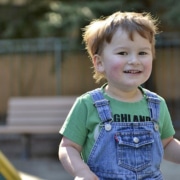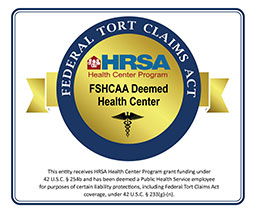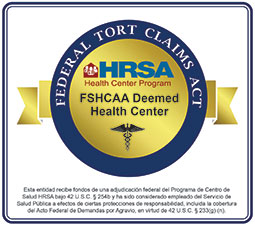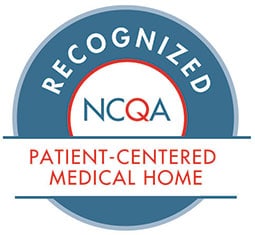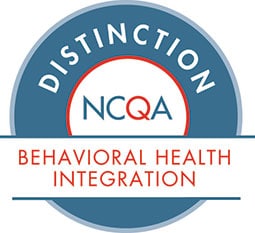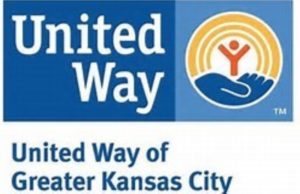April is Autism Awareness Month!
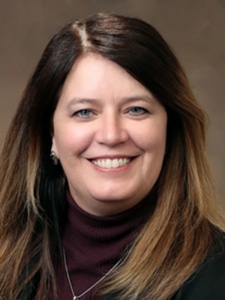 Post written by Amy Gray, LSCSW, Behavioral Health Clinician
Post written by Amy Gray, LSCSW, Behavioral Health Clinician
April is Autism Awareness Month. Awareness month efforts promote knowledge and increase awareness about widespread issues, popular subjects, or diseases to help educate the public. APRIL is the month to get educated about AUTISM!
What is Autism?
Autism is also known as Autism Spectrum Disorder (ASD). ASD now includes autistic disorder, pervasive developmental disorder not otherwise specified (PDD-NOS), and Asperger syndrome, which are conditions that were previously diagnosed separately. ASD is a developmental disability characterized by significant social, communication and behavioral challenges. People with ASD often communicate, behave, and learn in different ways. Some people with ASD are gifted and some may be severely challenged. Some people with ASD may need help in their daily lives and others may need very little.
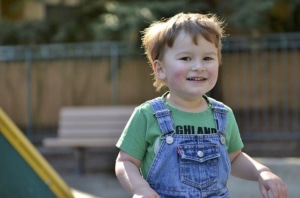
How prevalent is Autism?
Data and Statistics on ASD
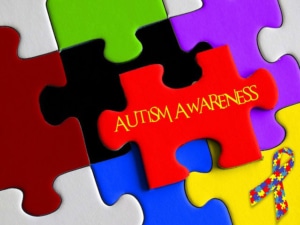 While there are a lot of efforts to evaluate and treat Autism, the prevalence is difficult to assess. Estimates are used to extrapolate data of known cases to determine how prevalent it actually is. Here are some key findings from the 2018 Community Report from the Autism and Developmental Disabilities Monitoring Network’s most recent report.
While there are a lot of efforts to evaluate and treat Autism, the prevalence is difficult to assess. Estimates are used to extrapolate data of known cases to determine how prevalent it actually is. Here are some key findings from the 2018 Community Report from the Autism and Developmental Disabilities Monitoring Network’s most recent report.
- About one in 59 children has been identified with ASD according to estimates from Centers for Disease Control and Prevention (CDC) Autism and Developmental Disabilities Monitoring (ADDM) Network.
- ASD is about 4 times more common among boys than among girls.
- ASD is reported to occur in all racial, ethnic and socioeconomic groups
- Kansas has approximately 724,766 youth under the age of 18, which is 26 percent of the total Kansas population of 2,774,044. Using the statistics from the above report of one in 59 children having ASD, as many as 12,284 Kansas youth under the age of 18 could potentially have a diagnosis of Autism.
Missouri has approximately 1,422,225 youth under the age of 18, which is 24.5 percent of the population. Using the statistics from the above report of one in 59 children having ASD, as many as 24,106 youth under the age of 18 could potentially have a diagnosis of Autism.
